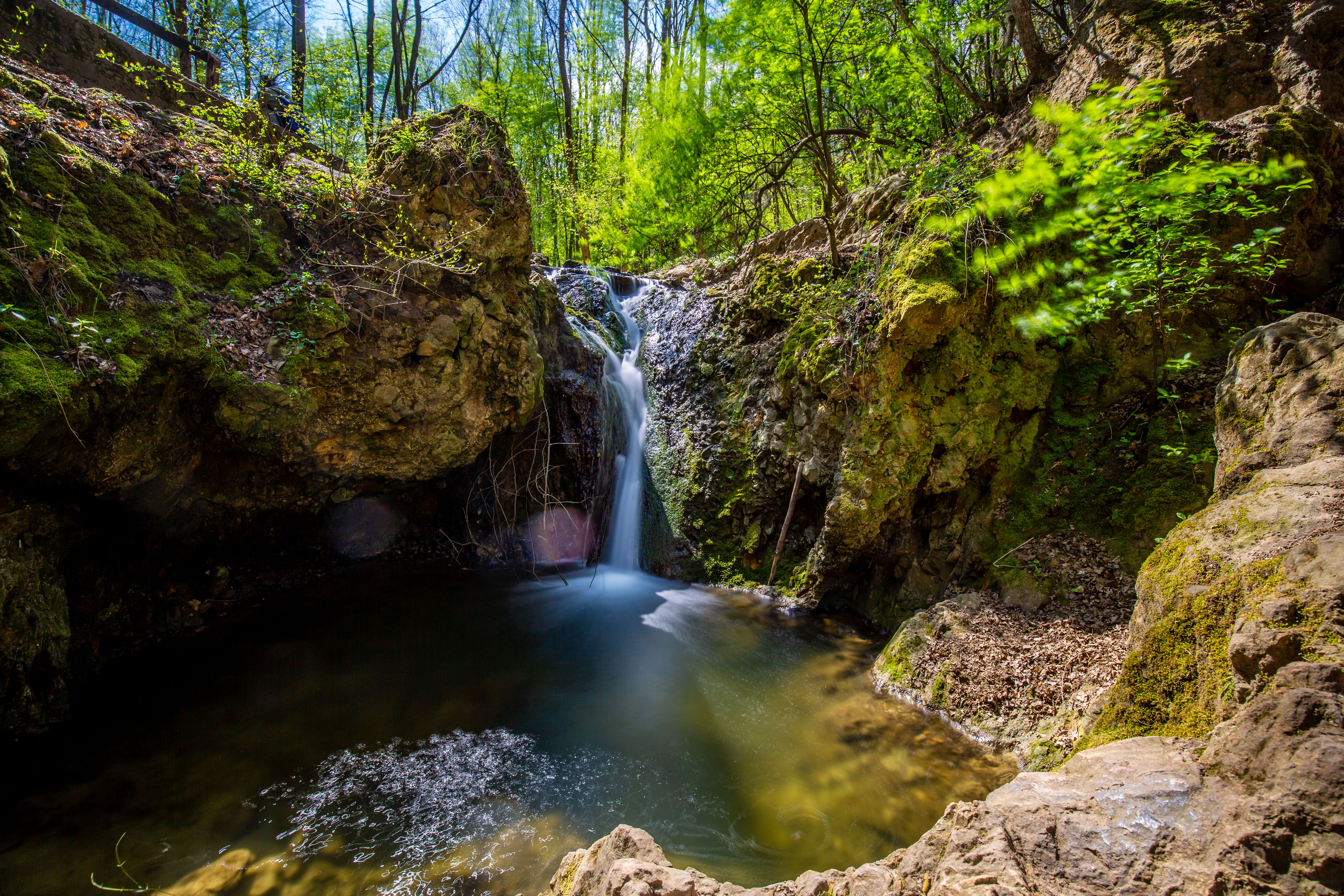Driving along Hidegkúti út or stopping
off at Shell Well, you’re only a few steps, ideally in decent hiking boots, from
the woodland path to the Jegenye Valley.
It leads all the way to
Solymár Castle, the route an idyllic one, amid plentiful foliage, birdsong
and the gurgle of a lazy stream.
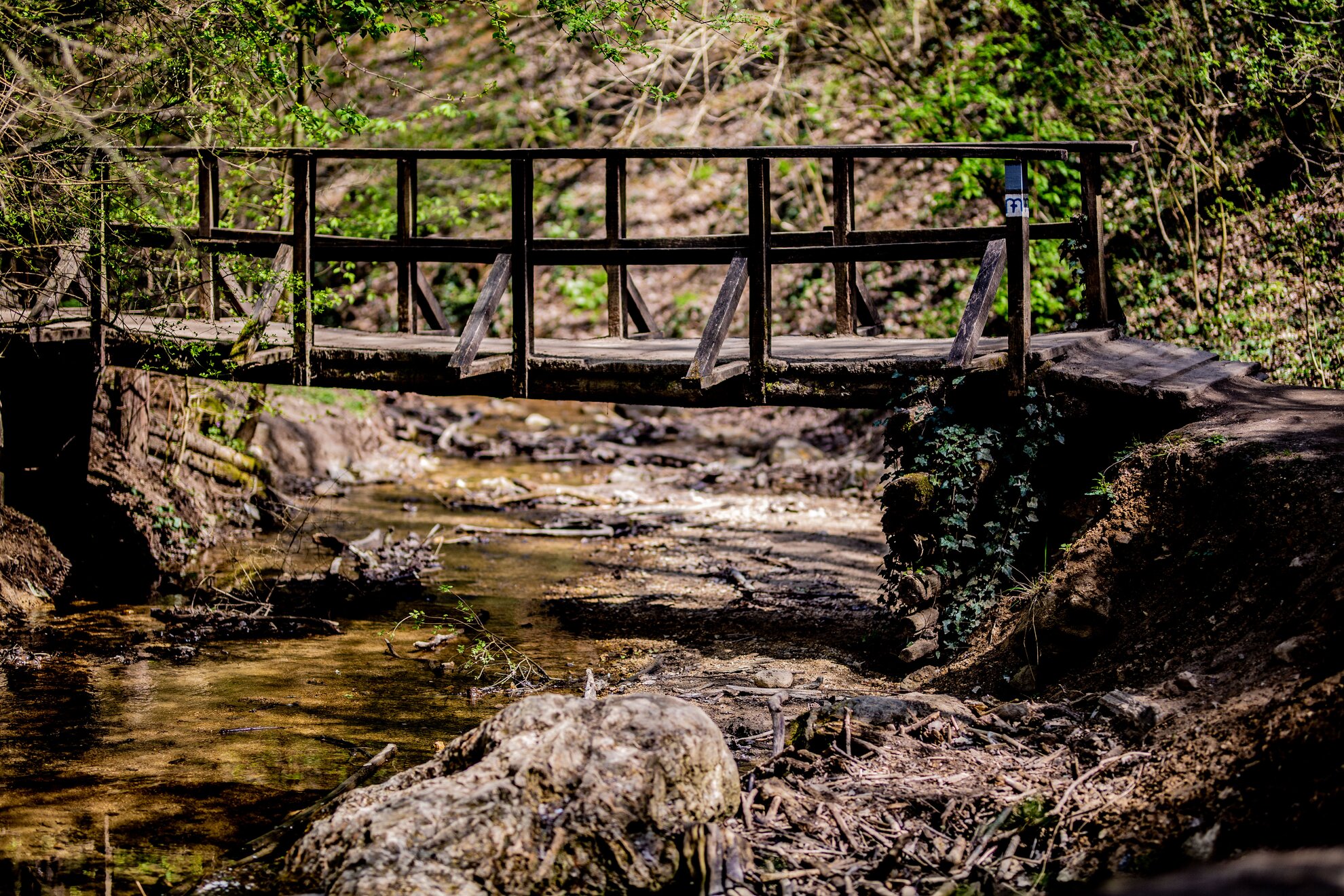
This light, relatively short hike of just under 6km can be completed in 90 minutes if you’re a serious walker. But stopping off now and then is part of the experience, taking in sights such as the wooden hut hidden in the depths of the woods, a tent hut built by children and a lovely meadow.
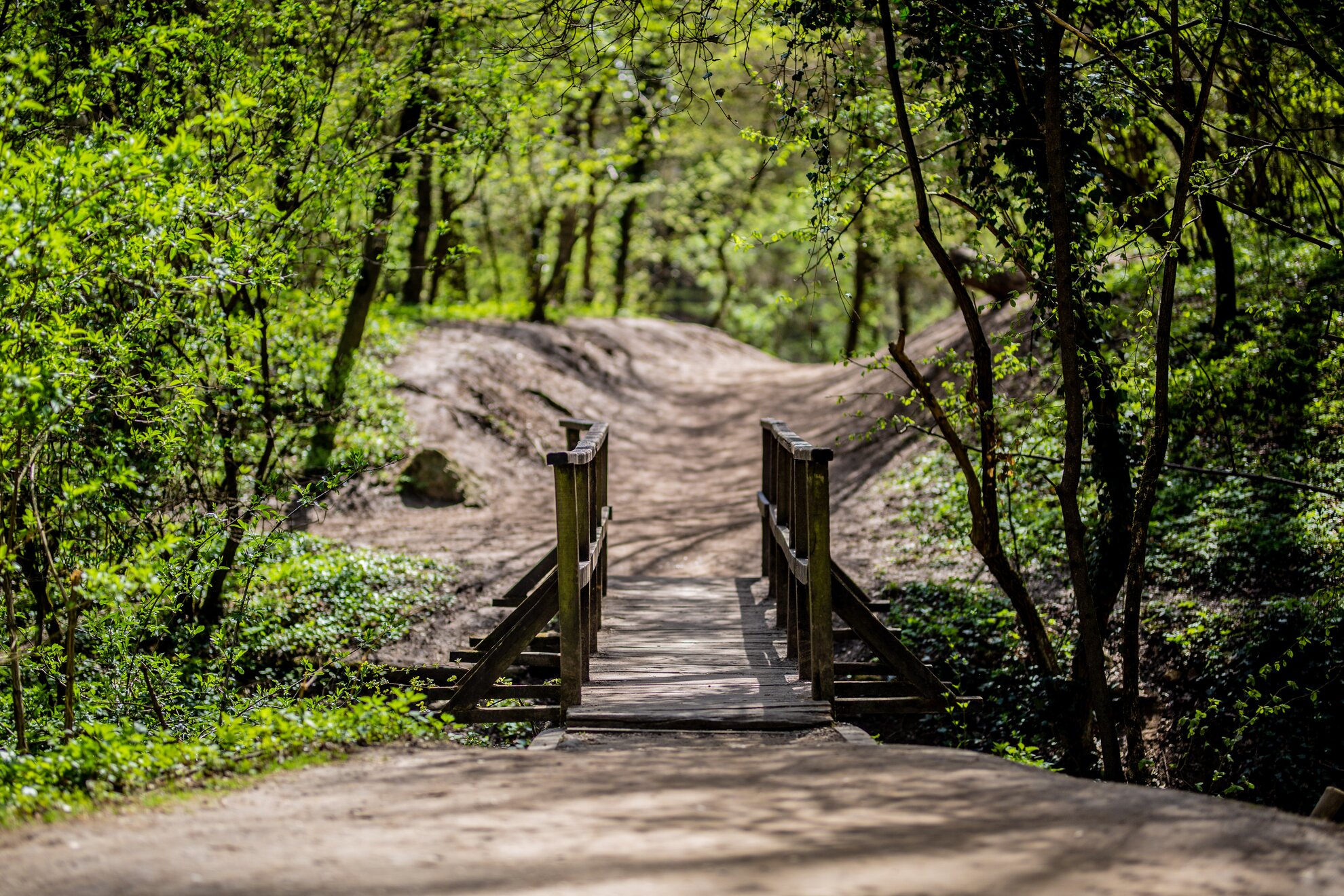
The path leads alongside Paprikás Stream, where you should
follow the yellow trail and the blue Mária signs, easily visible on the trees
and bridges.
However, it is easy to walk past the waterfall,
which is the main attraction, as the wooden stairs leading down to the left –
and the bustle of people at weekends – do not indicate its whereabouts.
The waterfall gushing down from sandstone bedrock four to five metres high is the largest in the Buda hills, rushing into a stone-lined pool with such a crash that bystanders cannot hear the birds nor their even their own thoughts.
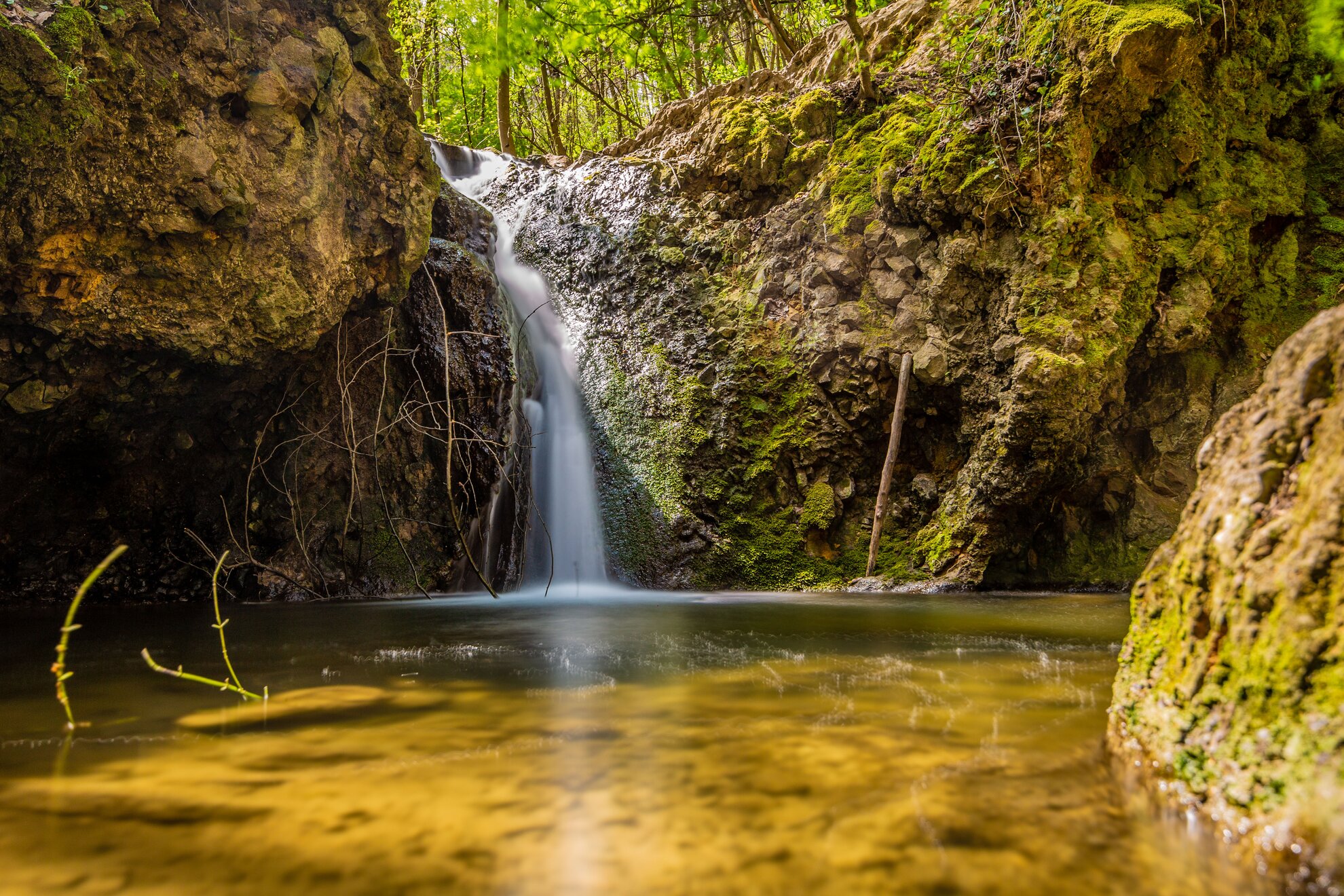
You can comfortably admire everything
from above, but the more adventurous can try to climb down to the bottom. To
avoid slipping on the rocks or minor accidents, you should walk ahead on the
hiking trail for about ten metres, descend to the stream on a gentler slope,
then walk back to the waterfall.
It may not be as challenging, but walking
across the waterfall is a much more spectacular experience than falling into
the creek.
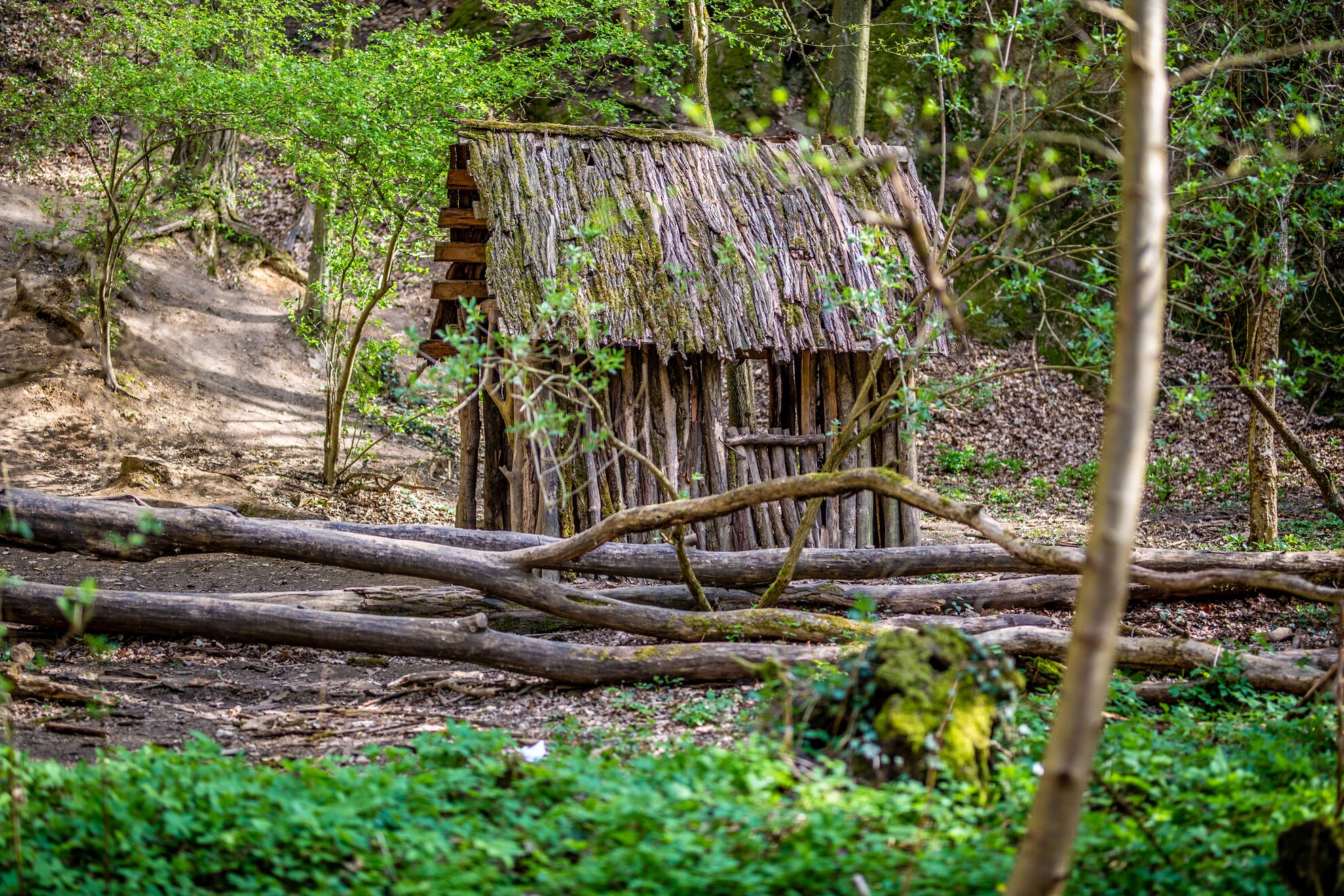
If you walk on the bank of the stream after the waterfall, you find the ruins of a strange stone structure. You might think that it’s the remnants of a medieval castle but these formed something more prosaic: a beach pool was created here in the 1930s, and the remains of the wall actually belong to the dam that serves the valley.
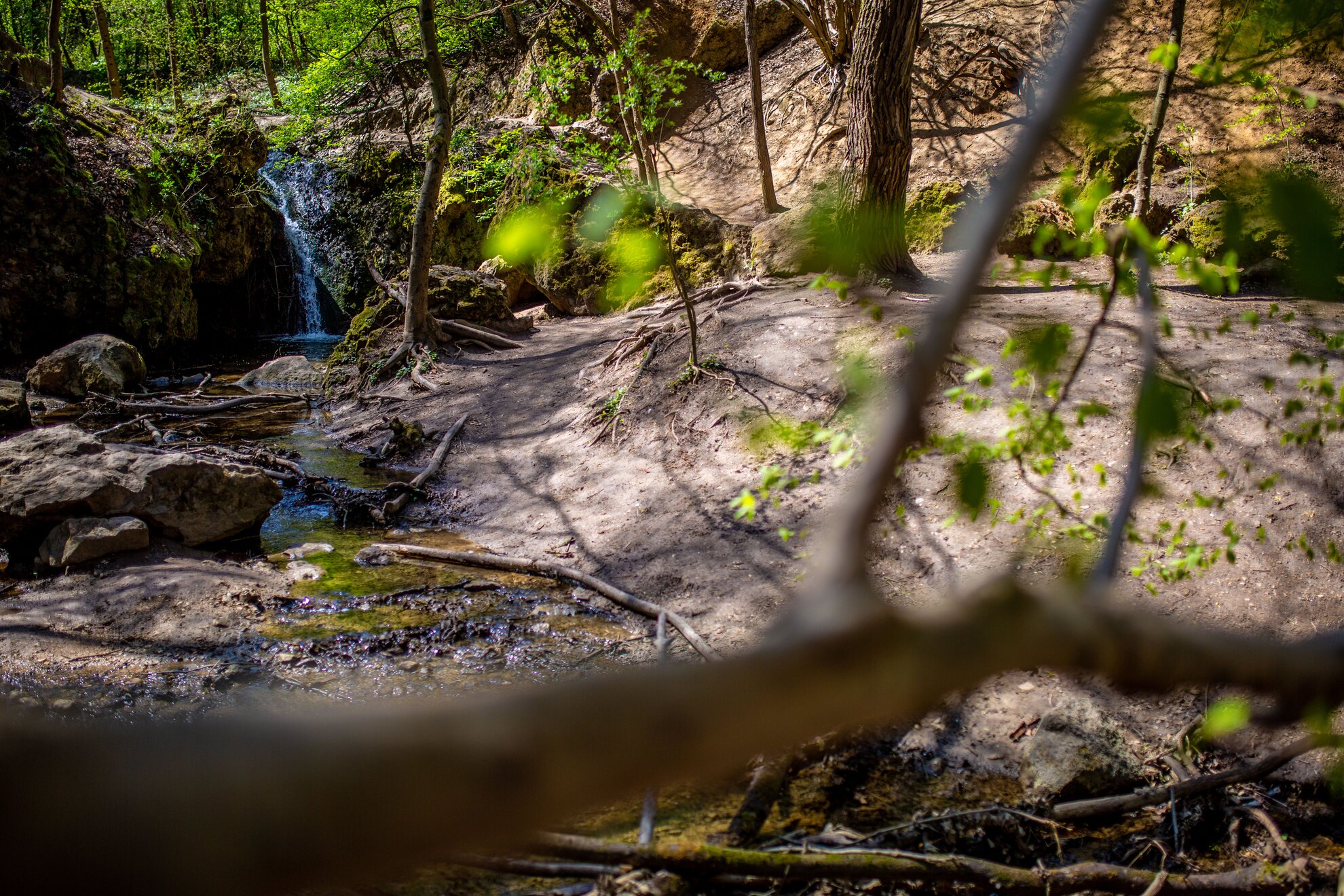
Returning to the road, you soon reach a huge, eroded sandstone wall that provides an enjoyable climb – this tour and its lunar landscape are ideal for those love scrambling around.
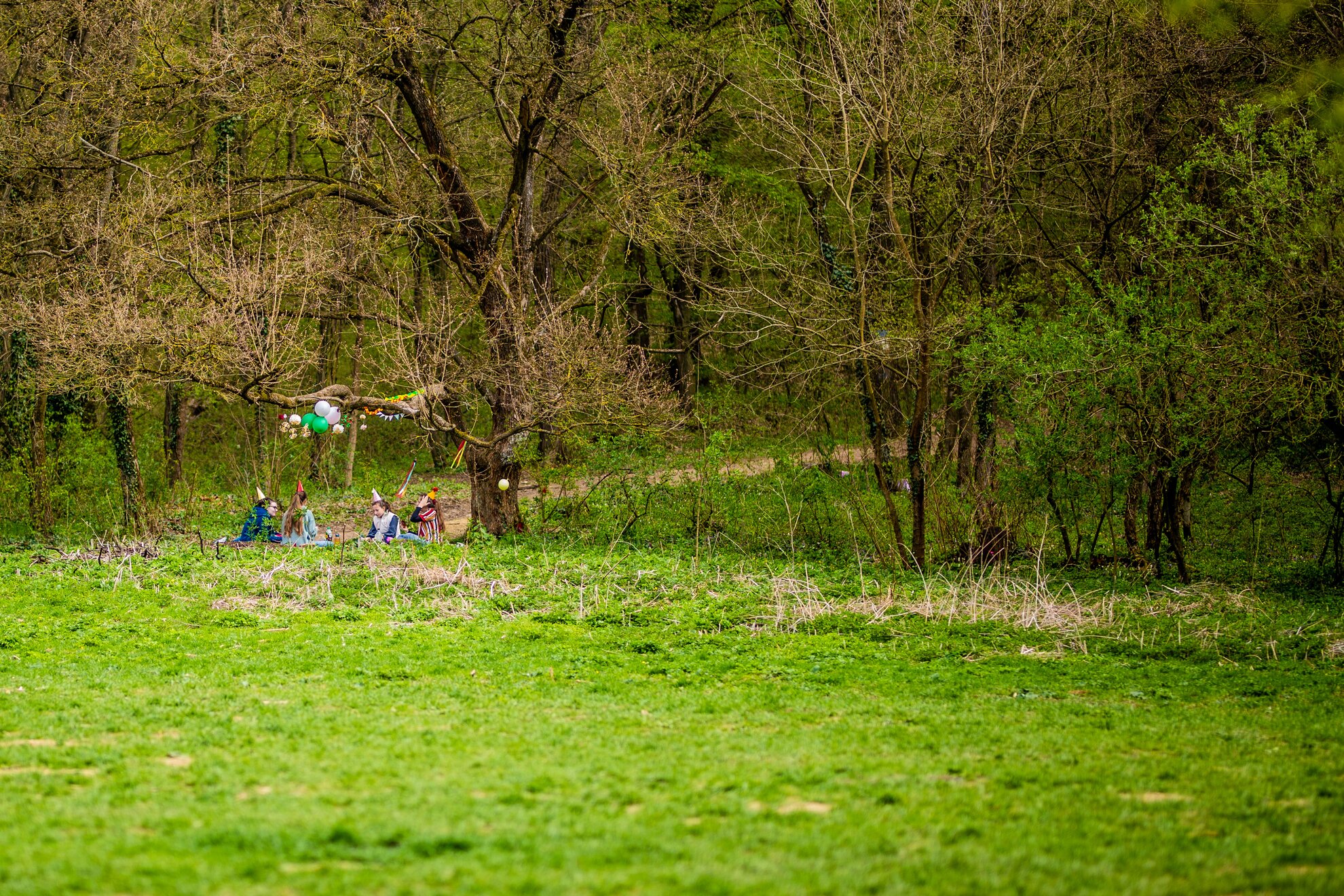
Continuing on, turning back and forth, walking over wooden bridges, you come to a pleasant resting place. Amid the birdsong, it’s a handy pit stop for a sandwich, but if you were planning something more substantial, there’s a more suitable location ten minutes further on.
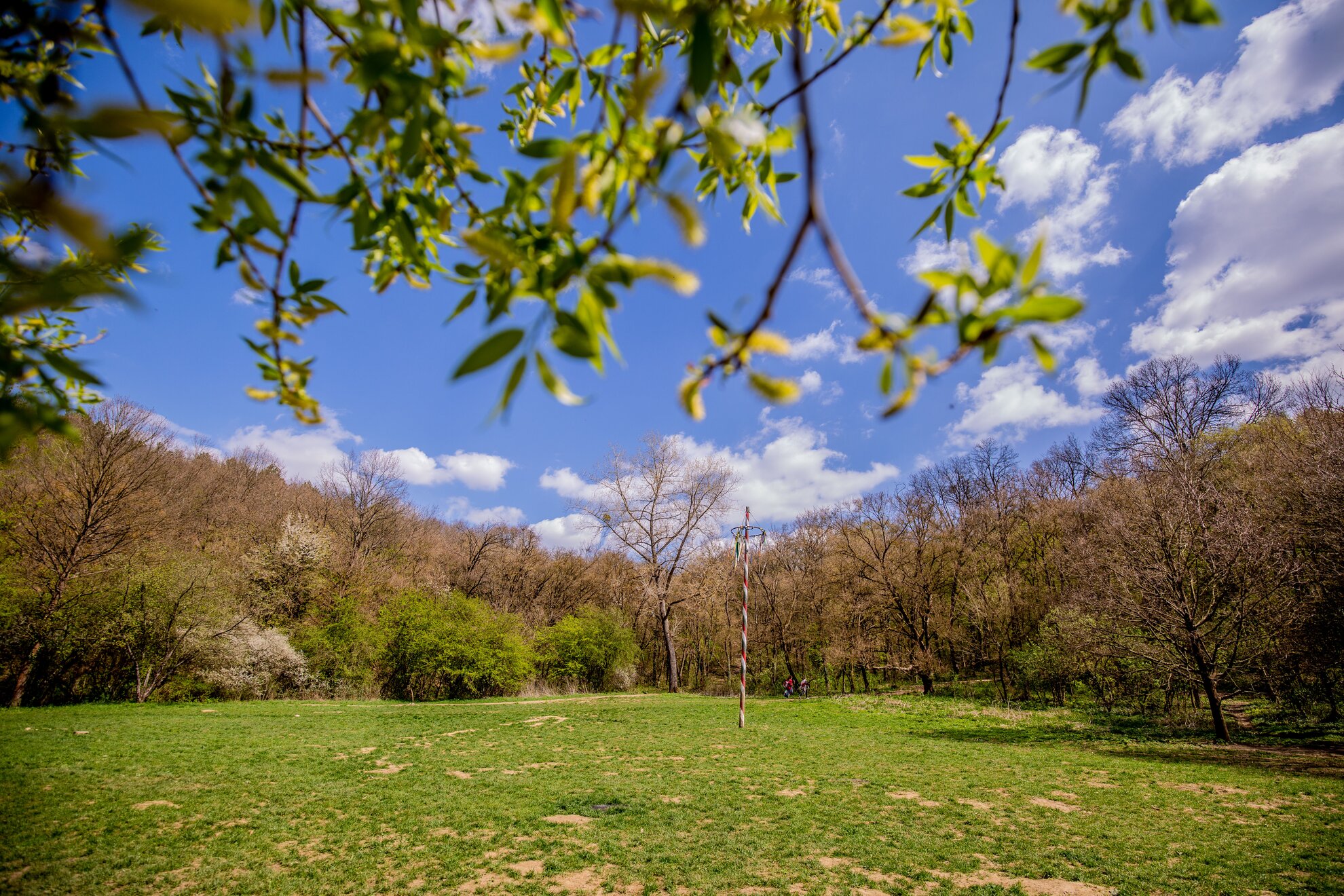
First comes pretty Rózsika Spring,
named after a lady who took poorer children around the woods. Sadly, its waters
have not been drinkable since the 1980s.
You then arrive at a large clearing
where the family can run around, enjoy a picnic and take in the sun. Eurasian
blue tits, great spotted woodpeckers and nuthatches abound.
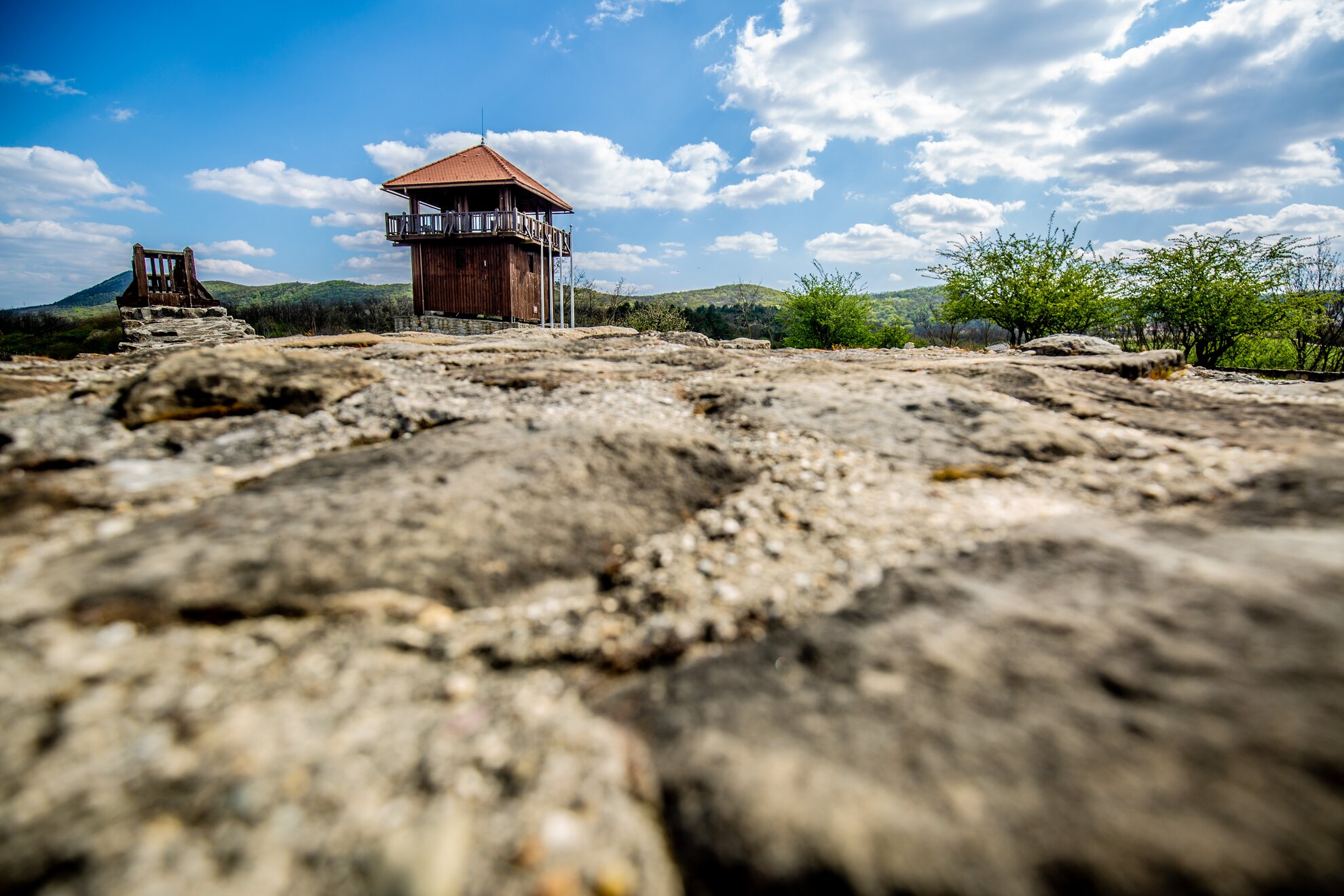
Stay on the wide creek road, even if the marked trail turns up the hill before the clearing, because that way you reach the last stop on the hike, Solymár Castle. It stands at the top of 180-metre-high Mátyás Hill, bookending a light hike with a climb, the landmark worth all the calf-crunching effort.
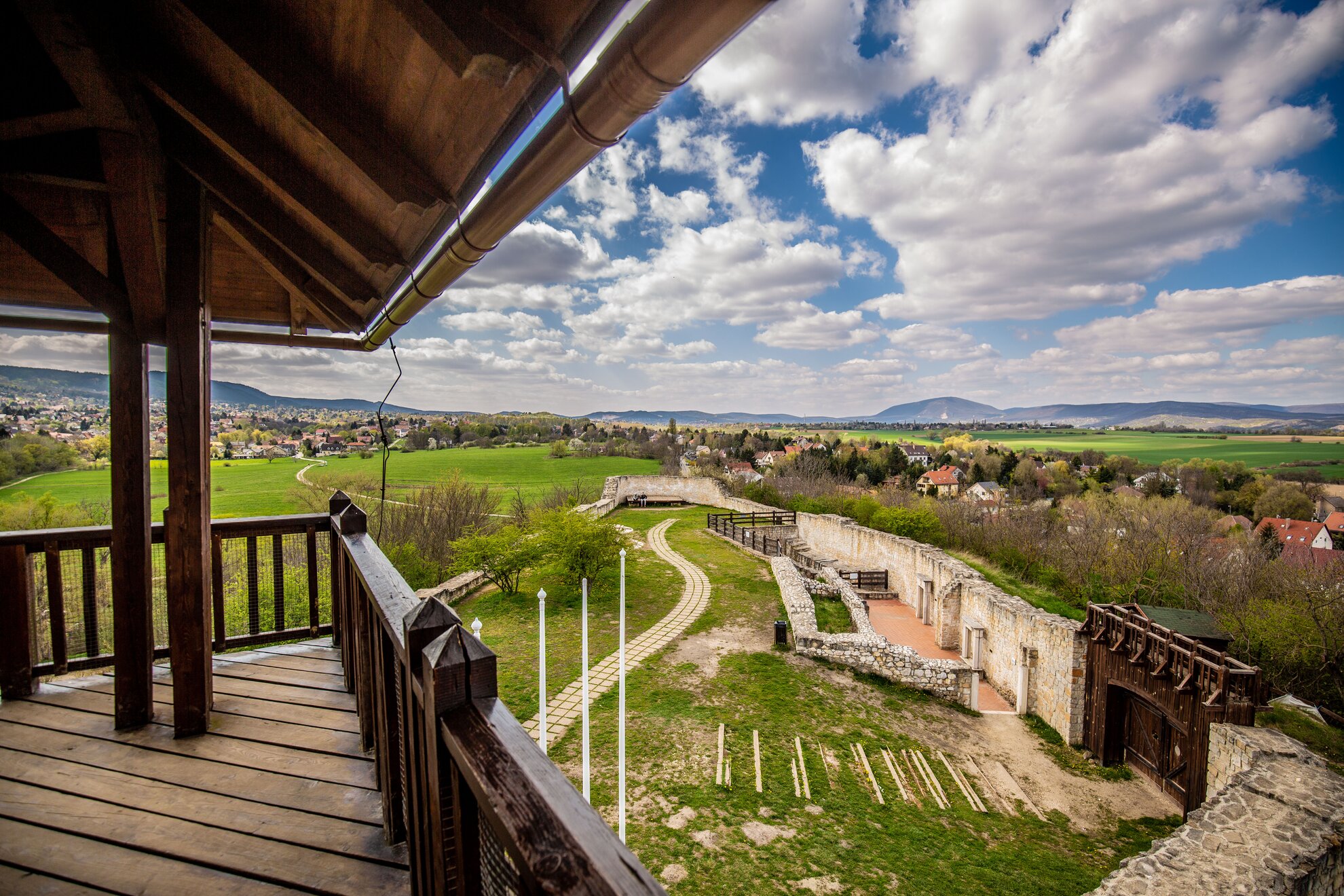
This historic castle had been overlooked
until the 1930s when renowned cultural historian Arisztid Valkó became involved in
the exploration of Mátyás Hill.
Once overseen by legendary medieval monarchs
Zsigmond and Mátyás, it was left in ruins after the Turkish invasion and,
during the 18th century, the remaining structure was gradually carried away by locals.
The site was completely excavated in the 1990s and, since, then the walls have been reconstructed, and a lookout post built on the stumps of the old tower. A fantastic 360-degree panorama takes in the surrounding hills and the lake of the former Solymár quarry.
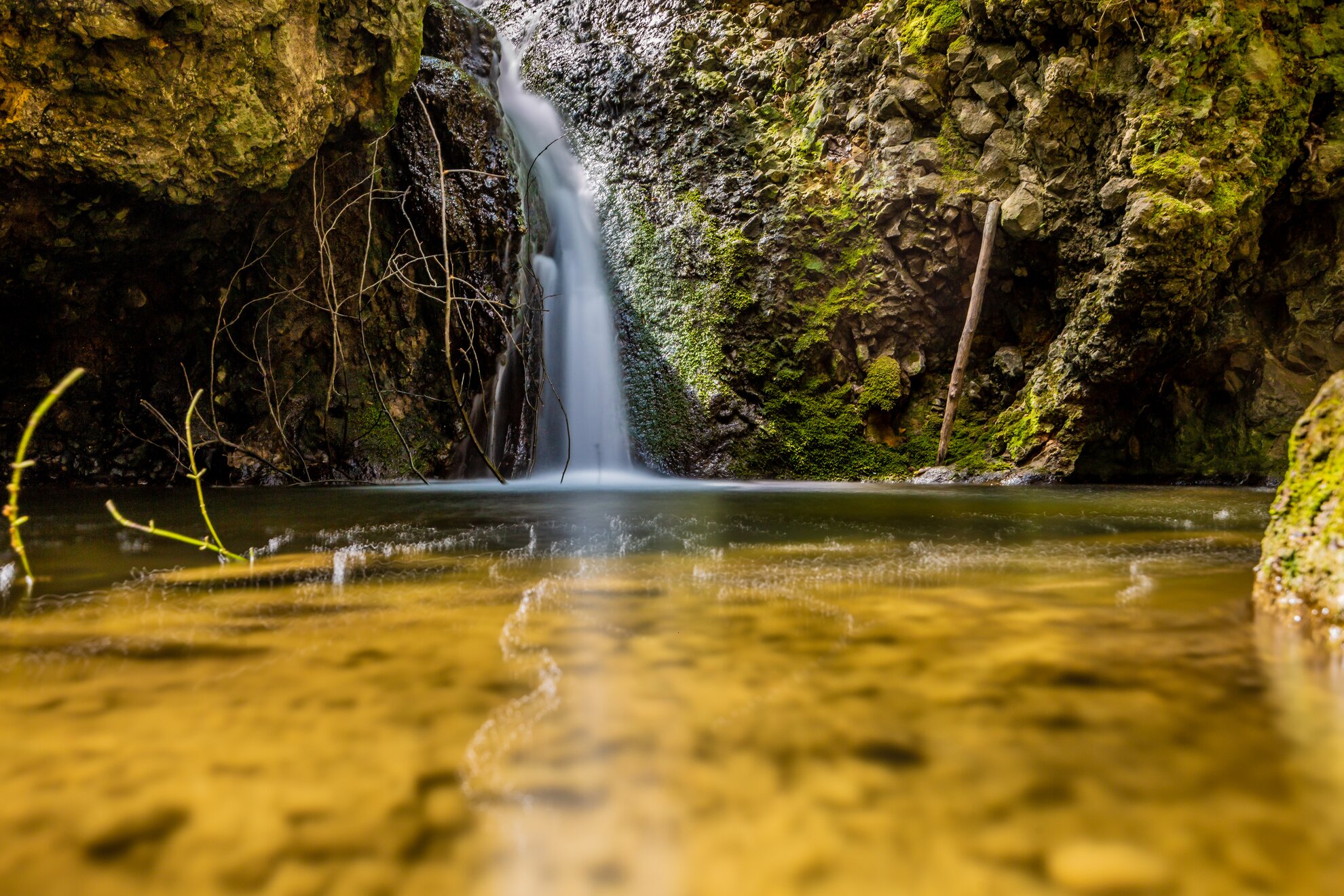
Although only six kilometres in
length, this route on the border of Budapest and Solymár might seem short, but
if you explore every hidden path, observe the wildlife and traipse around the
waterfall, it can make for a whole afternoon’s entertainment.
With its mossy
rocks, winding trails, wooden bridges over creeks, waterfall, spring and
castle, Jegenye Valley is ideal for families, dog walkers and romantic couples.
